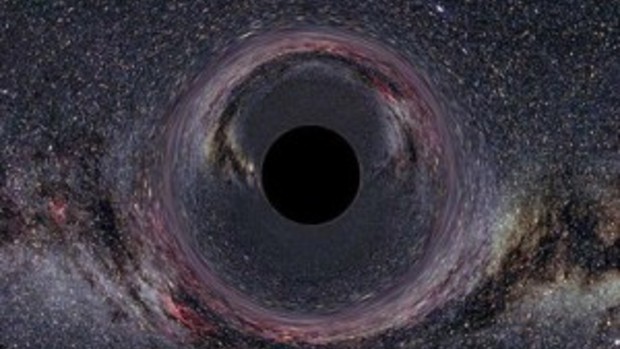
Looking into a black hole. (Image Credits: Ute Kraus, Physics education group, Universität Hildesheim, Space Time Travel. Background image of the Milky Way: Axel Mellinger)
Look Deeper
Comprising a pair of widely-separated ground-based gravitational wave detectors, the U.S. National Science Foundation Laser Interferometer Gravitational-wave Observatory (NSF LIGO) is a masterpiece of complex and sophisticated engineering. Super-stabilized lasers, enormous vacuum systems, the purest optics, unprecedented vibration isolation, and servo controls all work symbiotically for one singular purpose: To sense the ephemeral passage of a gravitational wave from the depths of space. The whole of NSF LIGO is so much greater than the sum of its individual parts. Nevertheless, LIGO’s parts are remarkable in and of themselves.
The links below describe some of LIGO's most important mechanical systems in greater detail. If you're already relatively familiar with how LIGO works, this is the place for you to delve ever deeper into LIGO's extraordinary engineering. For information on how LIGO's development has also spawned innovation across many industries, visit Technology Development and Migration



